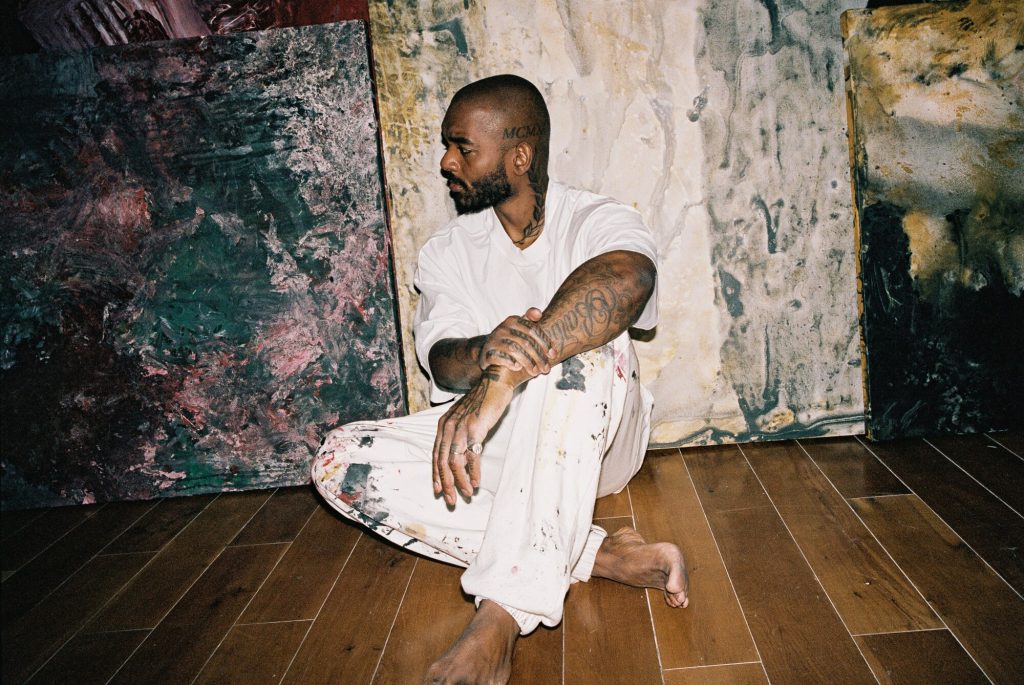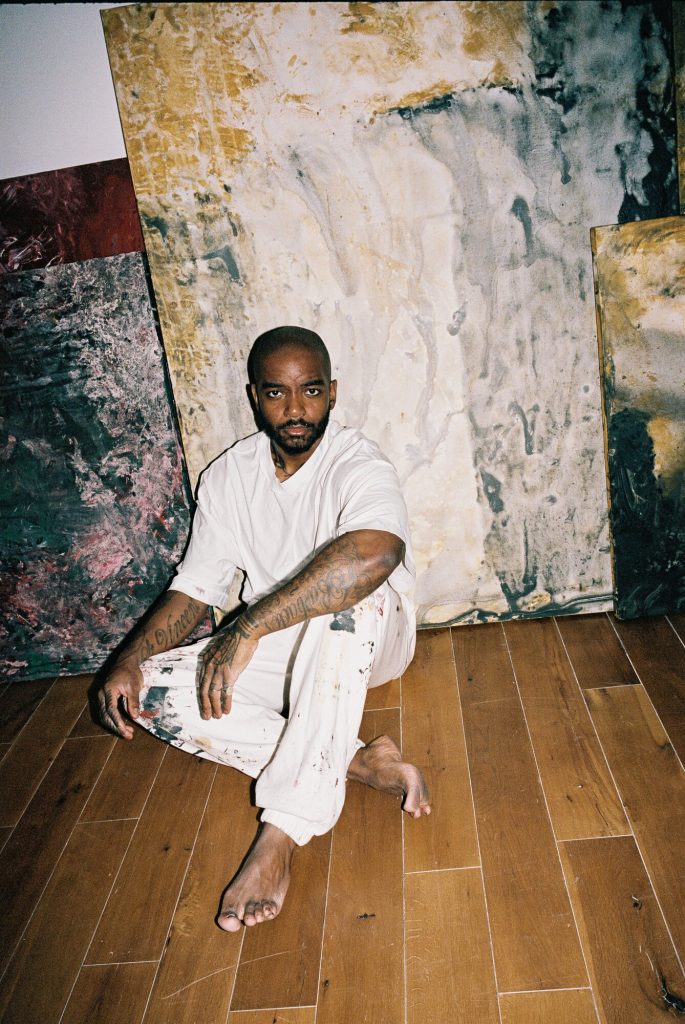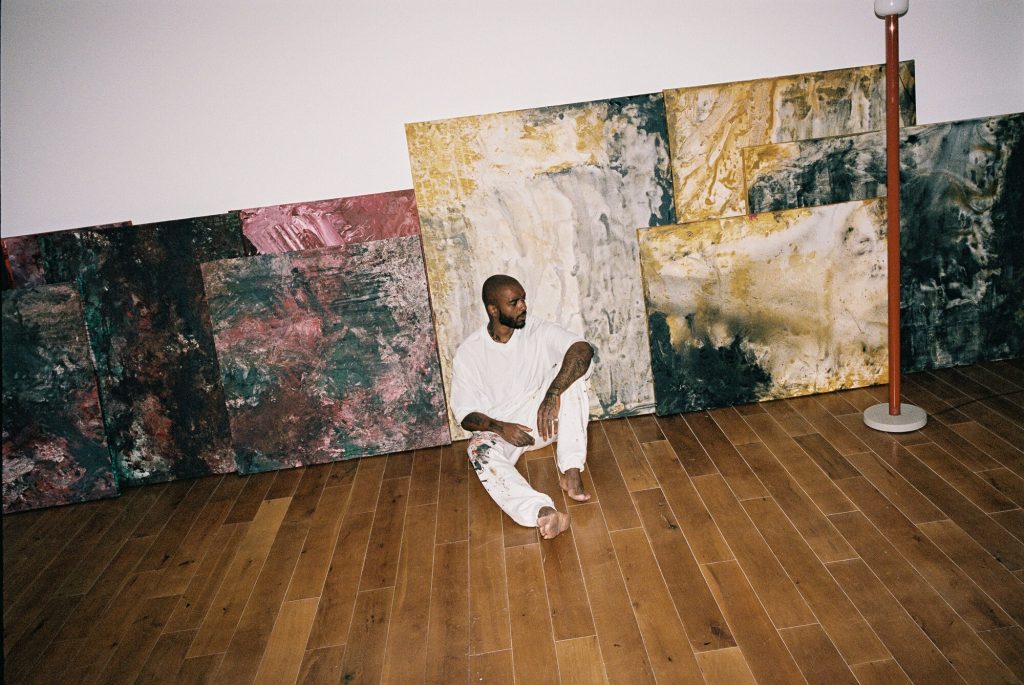


British designer, creative director, entrepreneur, and artist Dr. Samuel Ross epitomises the term multi-hyphenate in the contemporary creative landscape. As the founder of the critically acclaimed fashion label A-COLD-WALL*, which bridges the gap between streetwear and high fashion, and the industrial design studio SR_A, Ross represents a new generation of creatively dexterous thinkers. With a background in architecture, his practice spans industrial design, fashion, and writing. Discovering his prose and poetry was a remarkable experience; each piece offers a glimpse into his way of thinking and provides insight into his creative phi-losophy. Through his writing, he further solidifies his status as a profound thinker and innovator across multiple disciplines. We were fortunate to speak to Ross on the eve of two significant events in his career: the release of his new book and the opening of his new studio in London. Read our interview with one of today’s most innovative thinkers.
hube: Function and utility play an important role in distinguishing design from art. As someone who moves freely across these disciplines, how do you perceive the boundary between them?
Dr. Samuel Ross: There are two channels of thought that form a kind of sorting system for allotting what belongs to design or art. The first is practi-cal: what is the requirement or problem to be solved? The second is emotional: what is the feeling or message to be projected or signalled through the article?
The irony is that there isn’t a hierarchy between what is deemed a requirement and what is deemed a message. A complete experience with an article should encapsulate both function and meaning. Function isn’t purely mechanical, it is cathartic when sequenced effortlessly-this relief or ease results in intangible respite.
A personal revelation of this nature is expected to exist purely within the arts. However, as noted above, disciplines in this era of autonomy have allowed functional objects to tie into non-linear experiences. This rhetoric has led to the term ‘functional sculpture’ as a working title of sorts throughout my practice. It seems to consolidate the rhetoric applied to garments, objects, and physical forms.
h: For many, poetry is more than words; it opens doors to a deeply personal and metaphysical realm. It transcends language, inviting introspection and emotion. What does poetry mean to you?
SR: Ah! Poetry! Revelatory, timeless, and existential when sharpened. Syncopation is a literary gift that allows us to make sense of the absurd and the absolute. It’s a gift that restores the spirit, fortifies the thinking mind, and-when correctly utilised-ties us closer to one another.
If there is anything to be imparted or bequeathed across humanity, it’s the messaging that factors through poetry. It’s an art to encrypt shared experiences through verbiage. If anything, it highlights that you, I, we, are not alone.
h: Large cities are an inevitable part of social and technological progress, but they’re often profoundly disruptive and difficult for the individual. How can we reconcile people and cities?
SR: They are trading posts and behave as such. The assumption of an identity tied to the virility of an economic hub should be contested. Yet, one can seek out those like-minded people who often dwell in cities to impart, exchange, and further progressive ideas. It is an essential and natural passage for each generation to define and determine a sense of self and application in society—even though ideas can travel freely and with ease through digital locations… What I’m trying to say is that we seek to focus on the quality of our interior development while megacities swell alongside us and we try not to fall into a smog-filled abyss—a timeless allegory that Great Expectations does well to articulate. Perhaps the line between identity and consumption has become too blurred, resulting in a cognitive dissonance of sorts.
The display of an outcome, rather than the application and tangibility of the outcome itself, seems to exist mostly in megacities, which in itself is a symptom of the speed of churn required to sustain activity in such locations. As you have rightly cited, it can result in a violent misstep in which the use of time slips through a sieve. Economic entrapment can sap decades without offering individuals the means to make pursuits or concepts a tangible reality. The synchronicity of ideas that thrive on top of an economic ecosystem should be lauded, though approached with caution. Perhaps it’s best to establish more formal objectives with such behemoths that can ruthlessly take and generously give.
h: In your opinion, what distinguishes life from mere existence? Do you see a conflict between individuals and society in such a distinction?
SR: Empathy. Connection to humanity and living beings. Family, both genetic and chosen. A life is established and distinguished through collective contributions to the com- munity, both intimate and far-reaching. Perhaps mere existence can be defined as over- stimulated interest in economic gain without consideration for others; like holding a lay unrealised philosophy that assumes that principles, virtues, and values can be bought rather than expressed or cultivated. It’s less of a moral issue and more about the latency in achieving the full human experience that lives beyond the pursuit of possessions.

